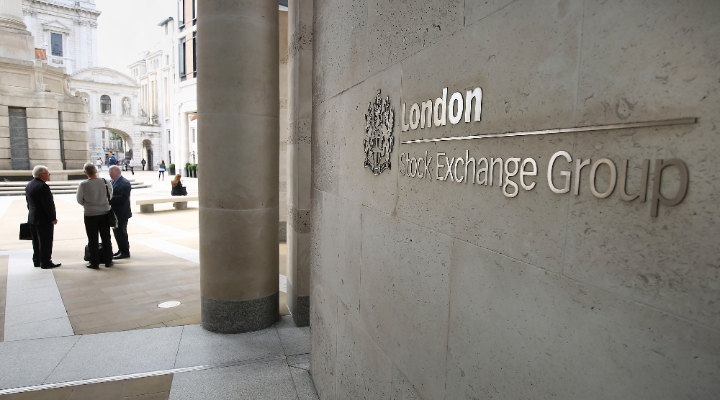
Geopolitical tensions spurred a major gold rebound in October, widening the gap between real yields and gold even further. In our view, the weakening of the decade-long correlation between real yield levels and gold is not only a reflection of the current higher inflation regime, but also reveals stronger structural demand.
Meanwhile, emerging market central banks have ramped up their gold holdings in an effort to gain more independence from the US dollar, and the shift in China’s growth model has increased economic uncertainty, boosting physical demand for gold from local investors. Taken together, the confluence of these factors should support gold at a structurally higher price level than prior to the pandemic, softening the historical influence of real yields.
Gold: Who's Buying it, and Why?
As the ramifications of events in the middle east hit home in early October, the price of gold rebounded, pushing the metal close to $2000 (£1566) per ounce. Notably, the surge followed a period of consolidation that gold had experienced on the back of rising real yields. As such, the precious metal's recent pickup has amplified its recent decoupling from the 10-year yield on US Treasury Inflation-Protected Securities, or TIPs. This prompted us to take a closer look at the underlying factors.
Some time ago, we established inflation as an important long-term driver of gold. The precious metal's post-pandemic price dynamics largely confirm this hypothesis. Clearly, the elevated inflation rates seen over the past two years imply a markedly lower gold price in real terms (which we obtain by deflating the dollar gold price with US headline inflation). This essentially reduces the gap between real yields and gold.
Yet a substantial part of the gap remains unexplained. In our view, the decoupling of the decade-long correlation between long-term US real yield levels and the gold price largely points towards structural shifts in demand.
In an effort to gain more independence from the US dollar, EM central banks have stepped up their gold holdings substantially over the past two decades – in particular China and Russia. The pace of institutional gold buying saw another acceleration after the US and their allies froze Russian dollar reserves in response to the invasion of Ukraine in early 2022. With official gold purchases exceeding 100 tonnes in H1 2023 alone, China continues to be the most significant institutional buyer year to date.
Difficult China Backdrop Makes Gold Shine
Gold has also become increasingly attractive for individual buyers. Again, China is a case in point. Once considered a safe asset, real estate has lost much of its appeal among local investors. The government's decision to deflate the housing market means the sector is in a structural decline. New sales and housing starts have fallen to levels not seen in a decade, and house prices have moved markedly lower over the past quarters.
Chinese equities have similarly underperformed over the past two years and the renminbi has revisited its 2022 lows, erasing the gains it made after China's reopening. With the government enforcing strict limits on capital outflows, it is hard for investors to turn to the outside world.
Along with its lack of viable and attractive domestic investment alternatives, China's macro backdrop makes gold shine ever more. Beyond this, local investors see gold as a hedge against the weakness of the Chinese renminbi. The unusually high demand for gold is particularly visible in a recent spike of the China gold premium – the spread at which gold is traded in Shanghai compared to London. The spread typically hovered around $10 per ounce over the past ten years, yet it temporarily rose above $50 per ounce during Q3 2023.
Given that domestic financial asset returns are set to remain highly volatile, we expect physical gold demand to stay strong in China, a level high enough to matter for the world market. Taken together, we expect the confluence of these factors to support the gold price at a structurally higher level than prior to the pandemic, weakening the historic influence of real yields on gold to a considerable extent.
Claudio Wewel is an FX strategist at J. Safra Sarasin Sustainable Asset Management




























